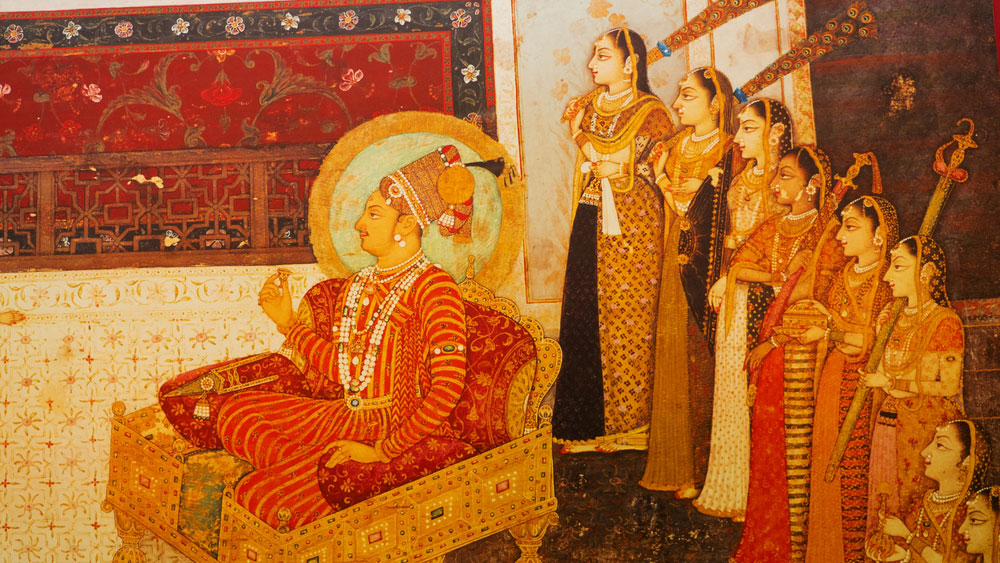It must be borne in mind that the train is not necessarily the wondrous creature that Apu and Durga thought it to be. The romantic tradition perceived it as a symbol of a rupture in the relationship between man and nature. The railway compartment, confining the murderer, victim and detective to a shared space, must have been irresistible as a dramatic setting. Could it also be that Christie and some others sought to salvage the battered image of the train by reimagining it as a metaphorical vehicle of speedy and, often, spectacular justice? Why else would Ian Fleming make trains feature in several of James Bond’s adventures? But not every railroad leads to justice; Khushwant Singh demonstrated this in his searing Train to Pakistan.
Little wonder then that some writers have looked at the train as a means of escaping reality and its myriad horrors. Today’s young millennials remain mesmerized by the Hogwarts Express that chugs between magic and modernity. This diffusion of lines, between real and imagined, is also apparent in Through the Looking-Glass in which Lewis Carroll makes Alice begin another of her surreal journeys on a train.
Travel writing owes quite a few trips to the engine. Paul Theroux has confessed that the seed of a journey halfway around the world, the one that he describes in The Great Railway Bazaar, had been planted by The Soul of London in which Ford Madox Ford records his experience of looking out towards the city.
Trains have helped some people look within as well. Y.P. Anand’s Mahatma Gandhi & The Railways is a fascinating account of the great man’s reflections on India, its people, their habits and the railways as he traversed this vast land in two phases between 1892 and 1948.
It is strange that lovers of crime fiction in India are yet to be treated to Murder on the Rajdhani Express. (The Rajdhani, which revolutionized train travel in this country, turned 50 this month.)
Of all the inventions associated with the Industrial Revolution, the railways, it can be argued with reason, has struck deep roots in the literary imagination. The echoes of what an artist described as thunder rolling down the tracks can thus be heard across diverse literary genres, with crime fiction seemingly profiting the most from the connection.
Strictly speaking, none of Sherlock Holmes’s adventures — the holy grail of crime fiction — is set inside a railway carriage but, interestingly, the railways is central to two adventures penned by Arthur Conan Doyle that did not feature Holmes. Of course, Agatha Christie made amends in this respect, pitting Hercule Poirot against a murderer aboard the Orient Express.












